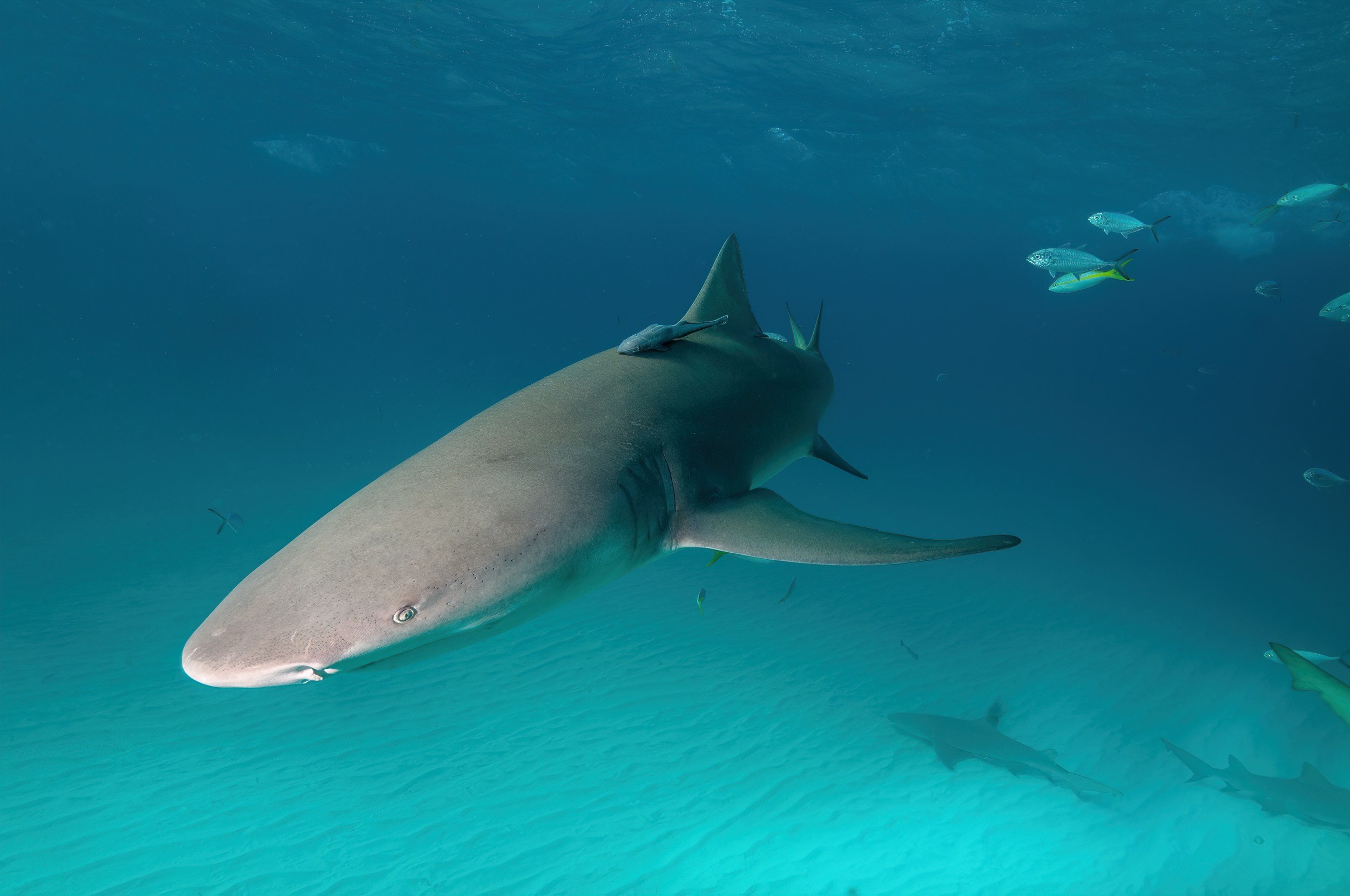
ENVIRONMENTAL DNA SAMPLING
ފެން ވިރާސާ މަޝްރޫއު
in collaboration with:
WHAT ARE WE DOING?
AssessING shark presence and diversity ACROSS THE MALDIVES using rapid non-invasive environmental DNA (eDNA) sampling
Sharks shed various biological materials into the water, such as skin cells, scales, feces, and mucus, which contain their DNA.
Environmental DNA (eDNA) sampling is a technique used to detect and study sharks by analyzing this genetic material in ocean water. By collecting water samples from different locations, we can gain insights into the distribution and abundance of sharks across across the Maldives. This method enables the monitoring of shark populations non-invasively and without direct interaction with the animals.
Many rare and endangered shark species inhabit the waters of the Maldives, but data on their distribution is limited. Environmental DNA sampling offers a rapid non-invasive method to detect the presence/absence of these sharks and elusive species.

WHAT Are the project objectives?
ASSESS THE DIVERSITY AND DISTRIBUTION OF SHARKS
Determine the presence and diversity of shark species in a particular marine environment and field sites of interest.
2. DEVELOP EDNA TECHNIQUES
Improve and refine eDNA methodologies for shark detection and monitoring, focusing on species-specific primers, and on enhancing the accuracy and efficiency of eDNA-based shark research.
3. VALIDATE EDNA RESULTS
Validate the reliability and accuracy of eDNA analysis methods by comparing results with traditional survey methods, such as visual surveys and underwater video surveys.

HOW DO WE DO THIS?
SAMPLE COLLECTION
Water samples are taken from the environment where sharks are present, often from different locations and depths to cover a broad area.
2. DNA EXTRACTION
The collected water samples undergo a process to extract the DNA, which includes filtering the water to concentrate the DNA material and then using chemical processes to isolate the DNA.
3. DNA AMPLIFICATION
Using polymerase chain reaction (PCR) or other molecular techniques, the extracted DNA is amplified to increase the quantity of shark DNA, making it easier to detect even small amounts.

WHY DOES THIS MATTER?
SHARK BIODIVERSITY ASSESSMENT
eDNA sampling provides a snapshot of all the species present in an ecosystem from a single sample, enabling researchers to assess biodiversity more comprehensively and efficiently than traditional methods.
Large-Scale and Long-Term Monitoring
eDNA sampling enables our team large-scale monitoring across different habitats and atolls, providing data on species distribution and abundance over time. This helps track population trends and evaluate the effectiveness of conservation measures.
Enhanced Detection
eDNA sampling can identify species in environments where traditional methods might fail, such as in deep waters or poor visibility, and can detect cryptic or nocturnal species that are difficult to observe directly while diving.







